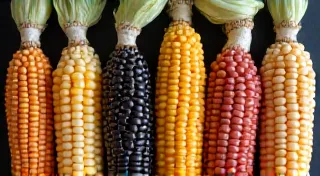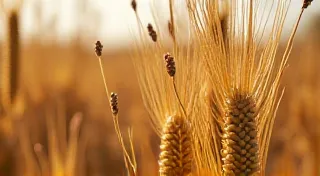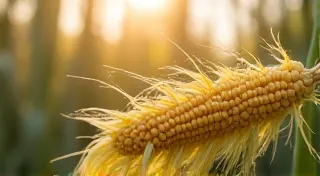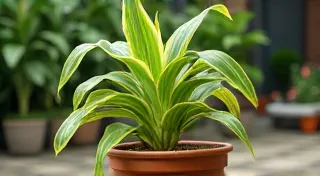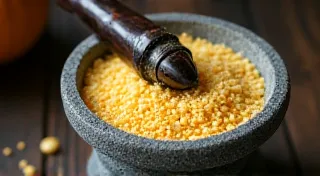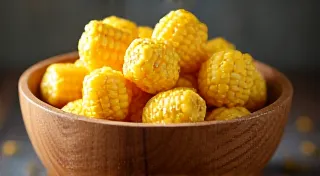The Time-Bound Orchard: Heirloom Corn and the Alchemy of Delayed Gratification
There’s a certain melancholy that clings to antique accordions. Not a sadness born of loss, but a quiet reverence for the time poured into their creation, the countless melodies they’ve borne, and the slow, inevitable fading of their varnish. They’re a testament to craftsmanship rooted in a different era, an era where objects weren't designed for obsolescence, but for enduring use and treasured memory. Growing heirloom corn, I'm increasingly realizing, evokes a similar feeling. It’s not simply about producing a crop; it's about participating in a lineage, a quiet conversation across generations.
Modern agriculture has, understandably, prioritized efficiency. We want yields, and we want them *now*. Hybrid corn, bred for maximum production and uniformity, epitomizes this approach. It's a marvel of scientific achievement, certainly. But it’s a sprint. Heirloom corn, on the other hand, is a deliberate dance. It demands patience, observation, and a willingness to embrace the seasons – to accept that a truly rewarding harvest takes time.
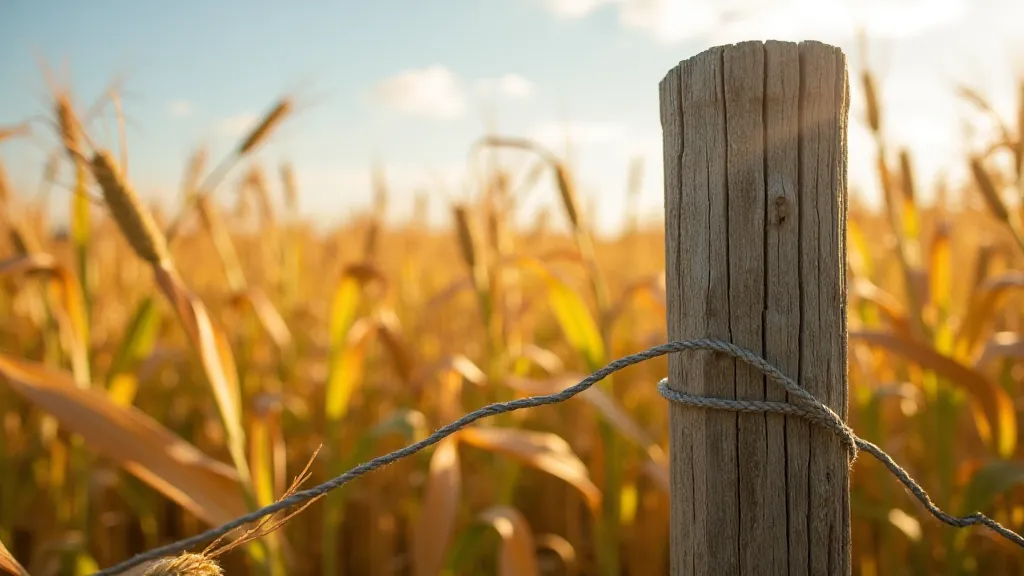
The Whispers of the Past: A Brief History
Heirloom corn isn't just "old" corn. The generally accepted definition requires that a corn variety be at least 50 years old, passed down through generations, and be open-pollinated – meaning seeds can be saved and replanted true to type. Before the rise of industrial agriculture, these varieties were the bedrock of food systems. Each region, each family, often had their own cherished strains, adapted to specific climates and culinary traditions. Think of the colorful ‘Painted Mountain’ corn from Hopi communities, crucial for their ceremonial and nutritional needs, or the vibrant blue ‘Blue Corn’ of the Southwestern pueblos, integral to their cultural identity. These weren't just crops; they were stories woven into the landscape, symbols of resilience and connection to ancestral knowledge.
My own foray into heirloom corn began almost accidentally. I'm a writer, and I'm drawn to things that take time to develop – complex narratives, carefully sculpted sentences, the slow unfurling of a character's inner life. The immediate gratification of instant blogging felt… empty. I craved a tangible connection to something real, something rooted in the earth. A chance encounter with a local farmer, proudly displaying his collection of antique corn seeds, sparked the idea. He spoke of the stories embedded within each variety, the careful selection process of past generations, the subtle nuances of flavor lost to the uniformity of modern hybrids.
The Alchemy of Patience: More Than Just a Crop
Growing heirloom corn isn't easy. The seed isn't as readily available, the germination rates can be lower, and the plants are often more susceptible to pests and diseases. There's no guarantee of a bumper crop. There's a learning curve – understanding the specific needs of each variety, the delicate balance of soil and sunlight. It’s a process of observation, experimentation, and often, a little bit of trial and error.
The delayed gratification inherent in this process is profoundly rewarding. Watching those tiny seedlings emerge from the soil, patiently unfurling their leaves towards the sun, is an act of faith. It’s a reminder that growth takes time, that true beauty emerges from perseverance. The satisfaction of harvesting a field of corn, knowing that you’ve participated in a process that stretches back centuries, is unlike anything you can experience with a quick-fix solution.
It's also, I'm discovering, a lesson applicable far beyond the garden. The deliberate pace of heirloom gardening mirrors the meticulousness required in writing, in music, in any craft that demands depth and nuance. Rushing the process, seeking shortcuts, inevitably leads to a diminished result. It's a philosophy that echoes the ethos of antique instrument restoration – a deep respect for the original craftsmanship, a willingness to invest the time and care necessary to bring an object back to life.
Varieties to Explore: A Taste of History
The world of heirloom corn is incredibly diverse. Some are prized for their beauty – 'Dakota Black' corn with its deep purple kernels, 'Strawberry Popcorn' with its unique reddish-pink hue. Others are celebrated for their flavor – 'Wapsie Valley Sweet Corn' known for its exceptionally sweet and juicy kernels, or ‘Glass Gem’ corn with its stunning array of colors and a distinct nutty flavor. Researching the history and traditions associated with each variety adds another layer of appreciation. Learning that ‘Hopi Blue Corn’ has been cultivated for over a thousand years, playing a vital role in Hopi ceremonies, is deeply humbling.
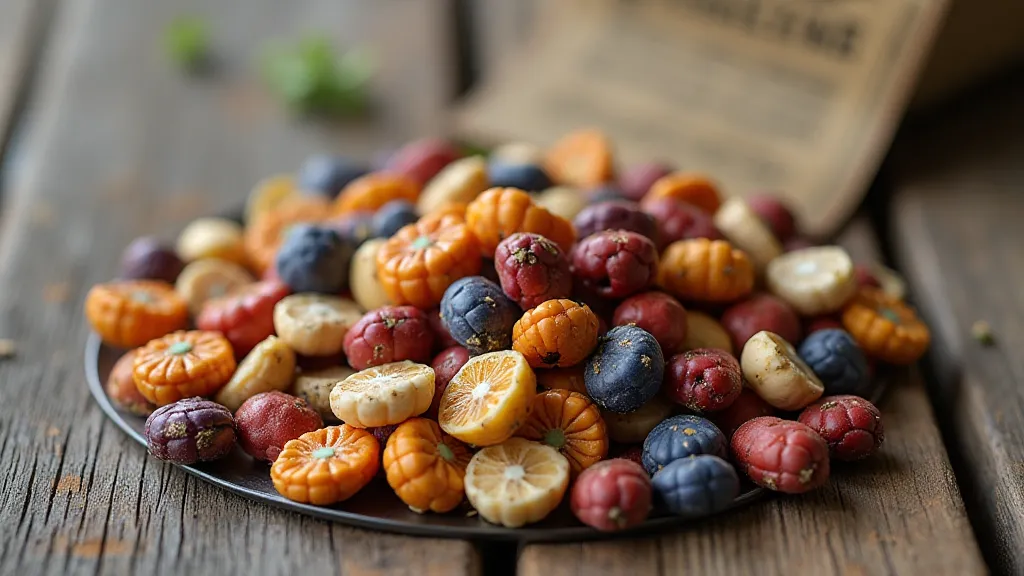
Beyond the Harvest: Seed Saving and Sustainability
The true beauty of heirloom corn lies in its ability to be saved and replanted. Unlike hybrid seeds, which produce plants that won't breed true, heirloom seeds pass down the genetic heritage of the variety. This creates a cycle of sustainability, allowing gardeners to become stewards of these precious genetic resources. Saving seeds is also a surprisingly meditative process, a tactile connection to the past, and a responsibility towards the future.
My initial fear was that I wouldn't be able to master the process. But I found that a little research, a few conversations with experienced gardeners, and a lot of patient observation, went a long way. And the satisfaction of planting seeds saved from my own harvest, knowing that I’m perpetuating a lineage, is immeasurable.
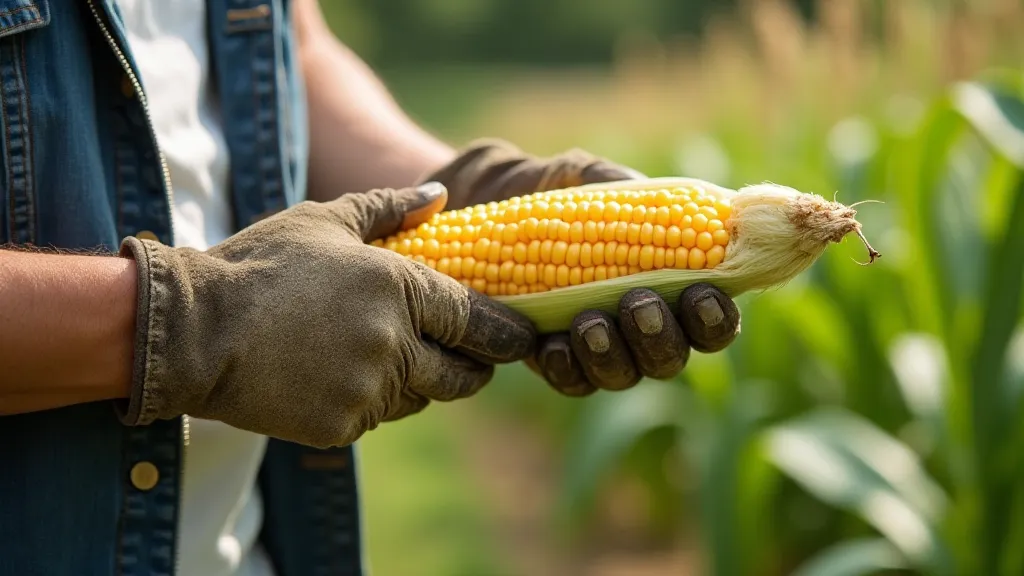
A Reminder of What Matters
Growing heirloom corn isn’s about rejecting modern agriculture entirely. It’s about finding a balance, about recognizing the value of slow, deliberate processes, and about appreciating the richness of our agricultural heritage. It’s about understanding that true nourishment – both for the body and the soul – often requires a willingness to wait, to persevere, and to connect with the rhythms of the natural world. Like those antique accordions, these corn varieties are vessels of history, echoing the values of craftsmanship, resilience, and the enduring power of human connection.
